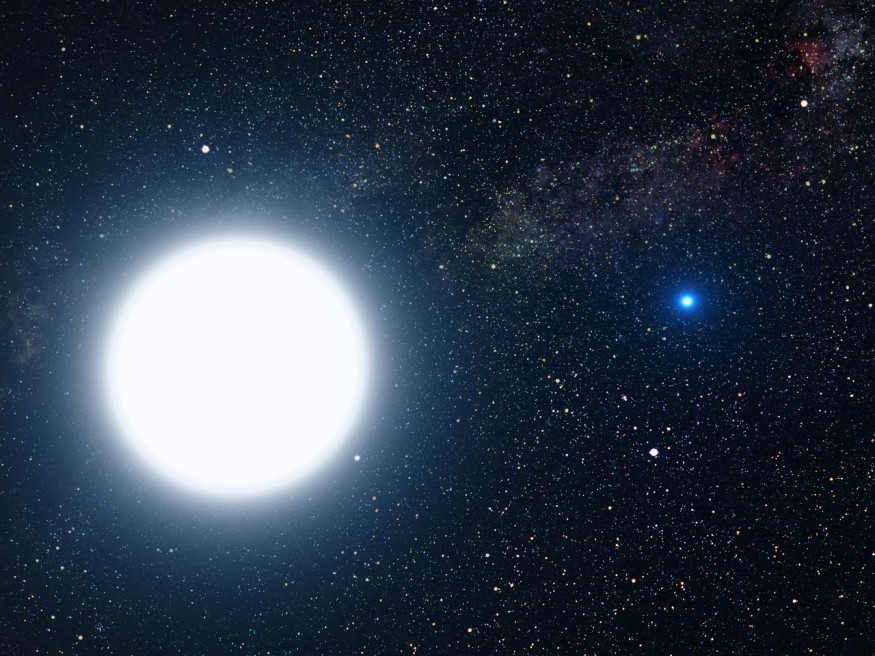Astronomers from the University of Warwick led the team that found remnants of a destroyed planetary system in the Milky Way galaxy that is engulfed by remains of recently orbiting planetesimals. The white dwarf stars are over ten billion years old, making them the oldest dead star with an evolved planetary system.
They published the findings of their study, titled "Spectral Analysis of Ultra-cool White Dwarfs Polluted by Planetary Debris Get Access Arrow," in the Monthly Notices of the Royal Astronomical Society, which provides insight into the formation and evolution of asteroids, icy moons, and Earth-like planets in the early years of the universe.

Finding White Dwarfs 90 Million Light-Years Away
The Sun and most stars will eventually become white dwarfs when they used up all of their fuel and lose their outer layers. According to SciTech Daily, any planets orbiting such stars will be disrupted and destroyed during this process while their debris will be left behind to accrete onto the surface of the white dwarf.
The astronomers modeled two unusual white dwarfs for the study that was found by ESA's GAIA Space Observatory. The white dwarfs are about 90 million light-years away and both are polluted by planetary debris.
One of them is unusually blue and the other is the faintest and reddest to be found in the galaxy. Scientists are currently studying them. They are using GAIA's spectroscopic and photometric data, the Dark Energy Survey, and the X-Shooter instrument at the European Southern Observatory to determine how long have the stars been cooling.
They found that the red star called WDJ2147-4035 is around 10.7 billion years old, wherein it has been cooling for 10.2 billion years already. Meanwhile, the second blue star called WDJ1922+0233 is slightly younger and is polluted by the debris of similar composition to Earth's crust. The team concludes that despite its cool surface temperature the blue star is an unusual mix of helium and hydrogen.
The debris surrounding the nearly pure helium and high-gravity atmosphere of the red star is from the old planetary system that survived the evolution of the star into a white dwarf. Due to that, astronomers conclude that they have found the oldest planetary system around a white dwarf in the Milky Way galaxy.
READ ALSO: Dying Moments of Planet While Being Consumed by White Dwarf Star Captured for the First Time
Earth is Not Unique
Abbigail Elms, a Ph.D. student in the University of Warwick Department of Physics and the lead author of the study, said that finding the metal-polluted stars show that Earth is not unique in the galaxy as there could be other planetary systems out there with planetary bodies similar to Earth.
She noted that it is important to understand the stars, especially cool ones as they provide information on the formation and evolution of planetary systems among the oldest stars in the galaxy.
"We're finding the oldest stellar remnants in the Milky Way that are polluted by once Earth-like planets. It's amazing to think that this happened on the scale of ten billion years and that those planets died way before the Earth was even formed," Science Daily quoted Elms.
Moreover, the star's spectra can provide information on how quickly those metals are sinking into the core of the star to know when to look back in time to see how abundant those metals were. Comparing these abundances to astronomical bodies and planetary material in the Solar System can help scientists guess how the planets would have looked like before their star became a white dwarf.
Abbigail explains that the red star is unique given that the debris surrounding it is lithium and potassium in composition, unlike anything in the Solar System. The metals polluting it is old age and metallic, which opens new questions as the universe was less metal-rich before than it is today.
RELATED ARTICLE : White Dwarf From 1,400 Light Years Away Seen Switching On and Off for the First Time
Check out more news and information on Space on Science Times.
© 2025 ScienceTimes.com All rights reserved. Do not reproduce without permission. The window to the world of Science Times.










